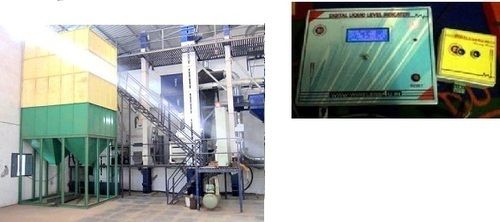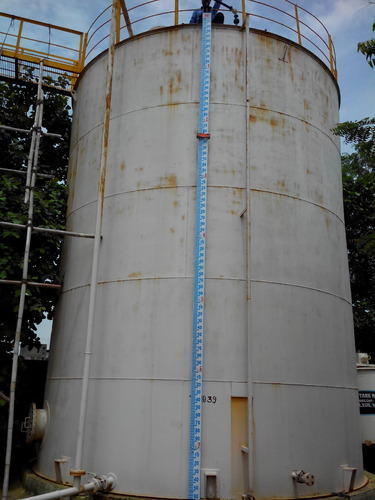
Level Indicator - Rice Storage Bin
100 INR
Product Details:
X
Level Indicator - Rice Storage Bin Price And Quantity
- 1 Piece
- 100 INR
Level Indicator - Rice Storage Bin Trade Information
- Cash Against Delivery (CAD) Cash in Advance (CID) Cash Advance (CA)
- 1 Piece Per Day
- 1 Week
- Australia South America Western Europe Middle East Central America Asia Eastern Europe North America Africa
Enter Buying Requirement Details

